Tile grouts are generally of polymer modified cementitious or epoxy resin based. It should be flexible in nature should accommodate movements and also should notshrink like white cement. It should have a good bondwith all types of tiles, thus making joints impermeable to water. In situations where non-toxic, chemical resistant properties for tile joint filler are required especially in food and pharma industry, epoxy resin based is the ideal solution.
Features and benefits
· For grout joints between 2 mm to 8 mm.
· Easy to mix, creamy consistency and high productivity grout.
· Can be applied on the wall and floor
Instruction for use
1. Grouting should not begin until the tilesetting material is properly cured (a
minimumof 24 hours).
2. Wipe the tile surface with a damp cloth before grouting.
3. Using a Float, trowel the mixed grout over the surface and into the grout joint,
careful to assure all joints are filled fully. Hold the float at a 45O angle to the
surface of the tile.
4. As soon as possible, remove excess grout from the tile surface with float held at a
90O angle and moving diagonally across the joints. Strike the joint with theblunt
end of a tool-compacting the surface but not
digging out the grout.
5. Clean remaining grout from the tile surface as soon as grout firms up enough to be
worked without being pulled from the joint by using a Scotch Bright Pad, or a pad
of dampened cheese cloth or tile cleaner. Under extreme heat or low humidity
conditions, the floor should be covered with brown Kraft paper to retain moisture.
Do not use polyethylene as it may result in uneven drying and discolored joints.
The grouted floor must be protected from traffic for 72 hours after installation.
 Pricing Details
Pricing Details
 Product Specifications
Product Specifications












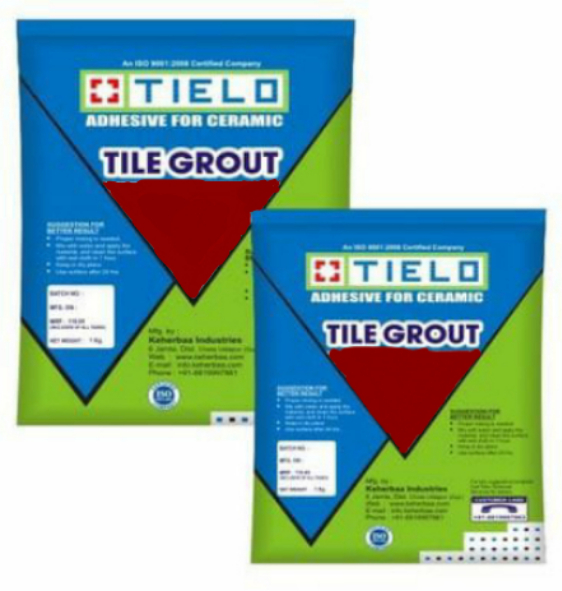
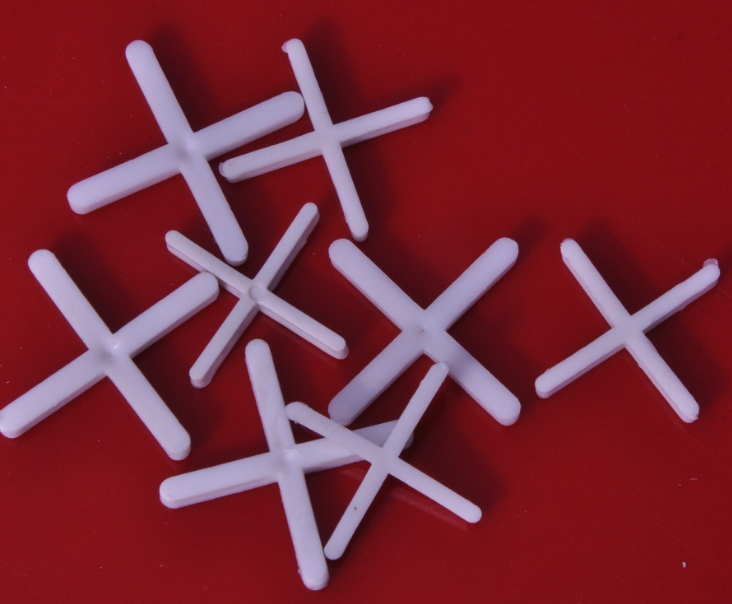
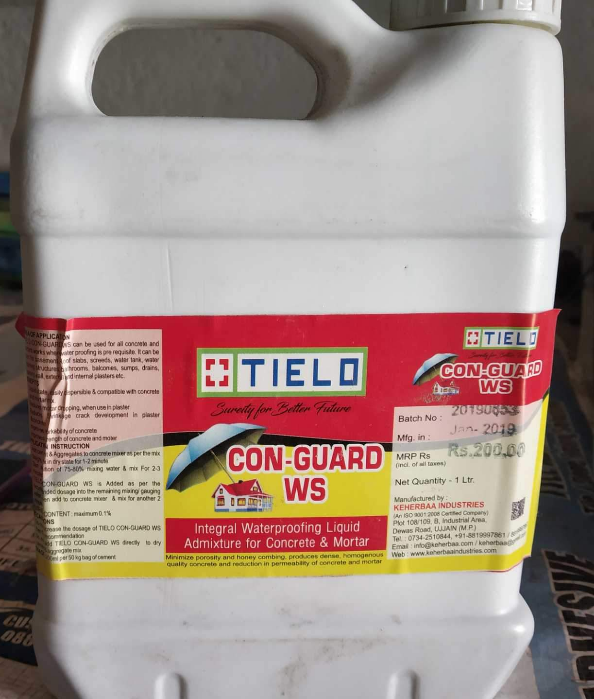
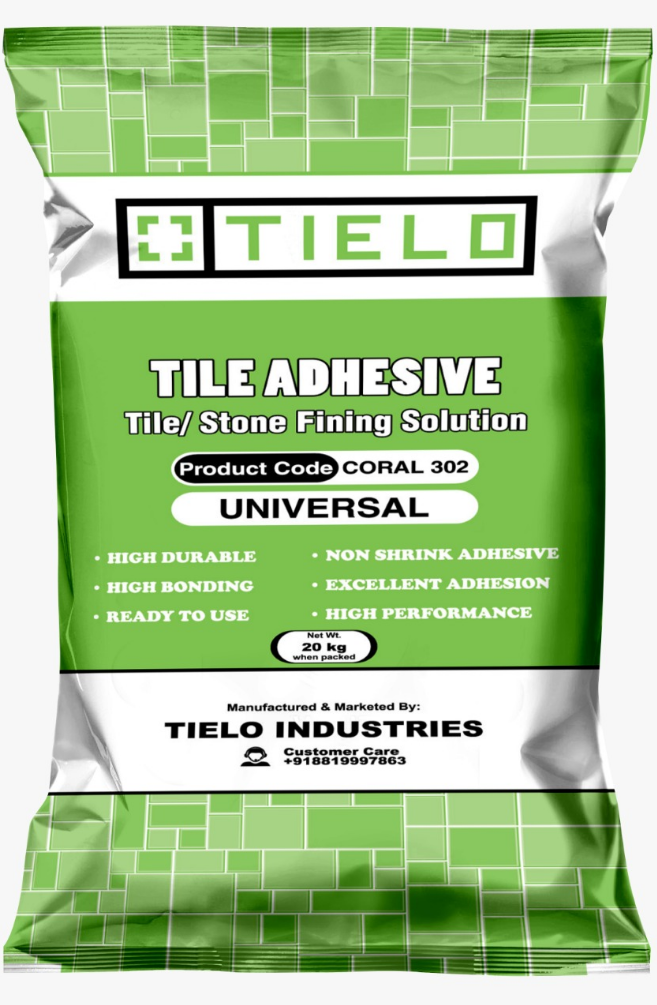
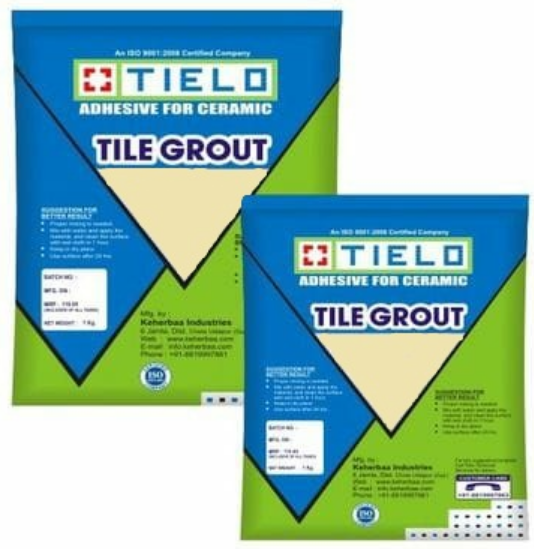
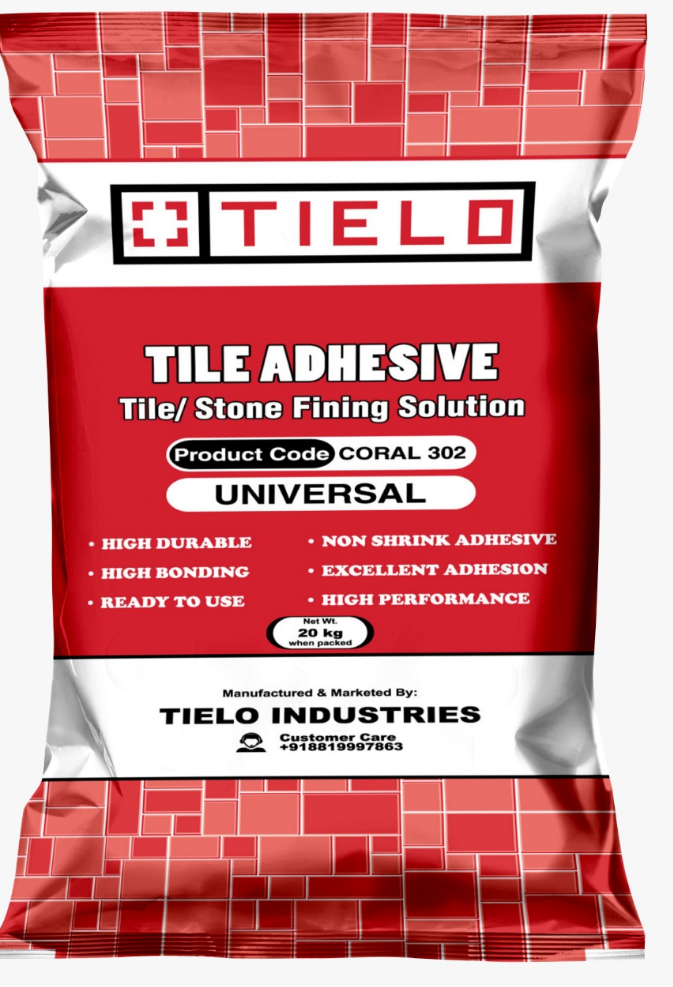


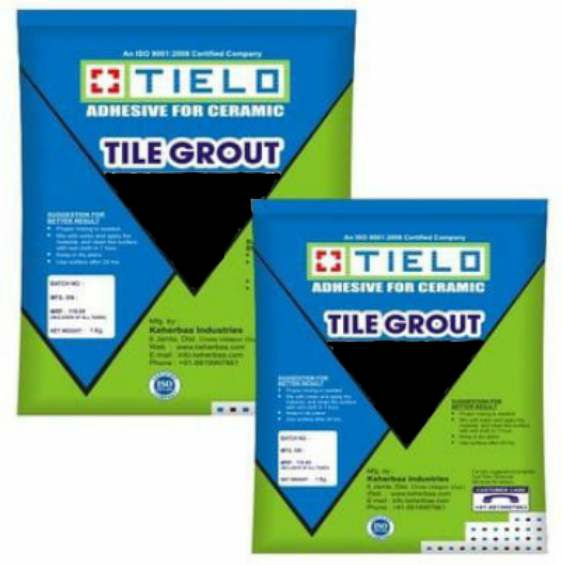
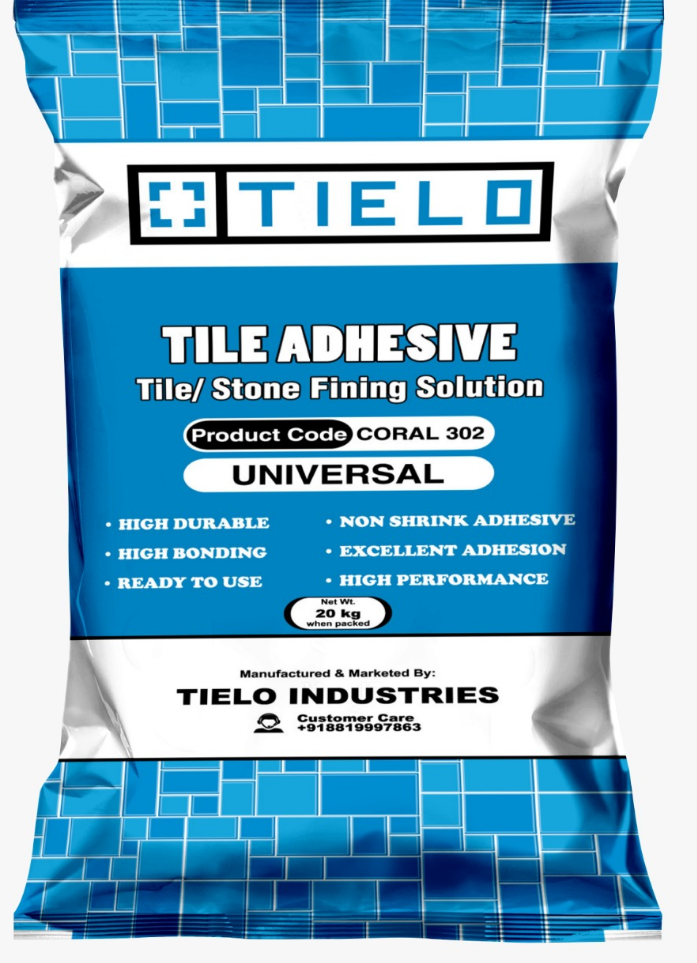
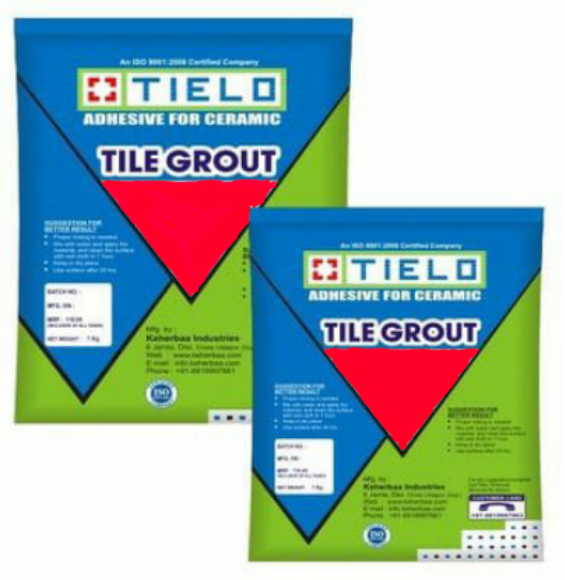
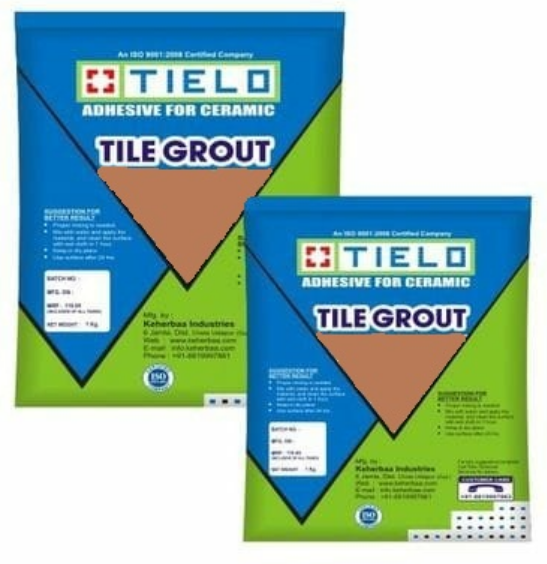
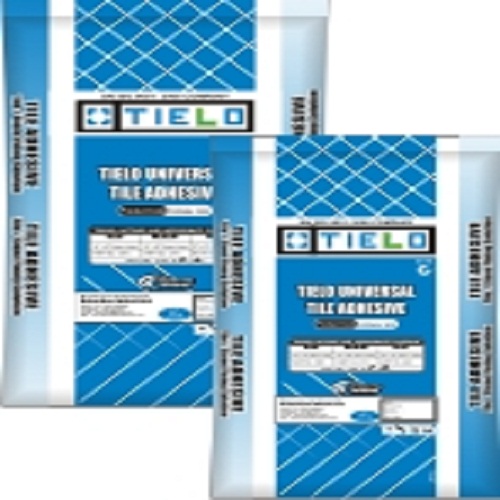
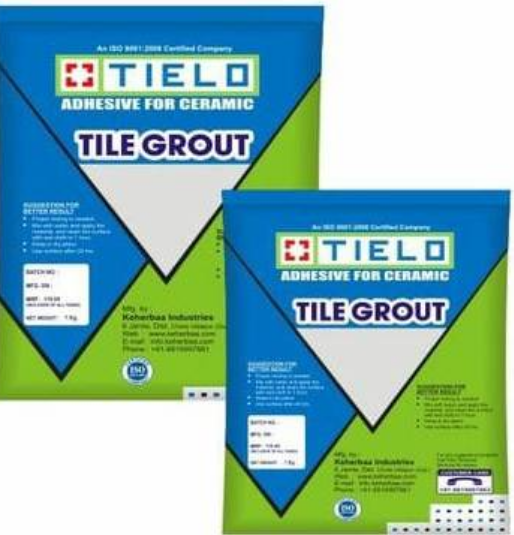

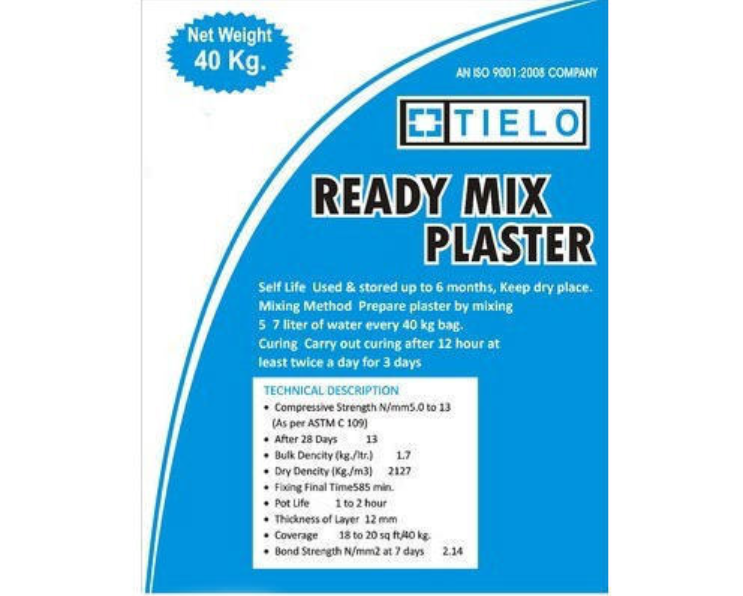
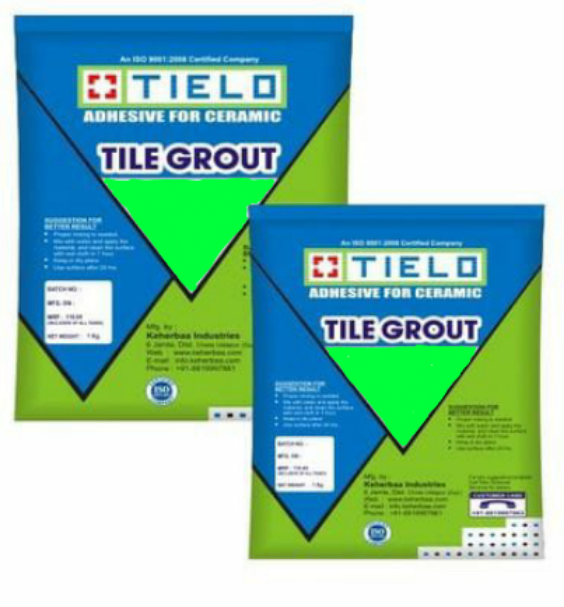





 Content library
Content library

 Know more about us
Know more about us
 Pricing Details
Pricing Details

 Our wide range of products and services
Our wide range of products and services
